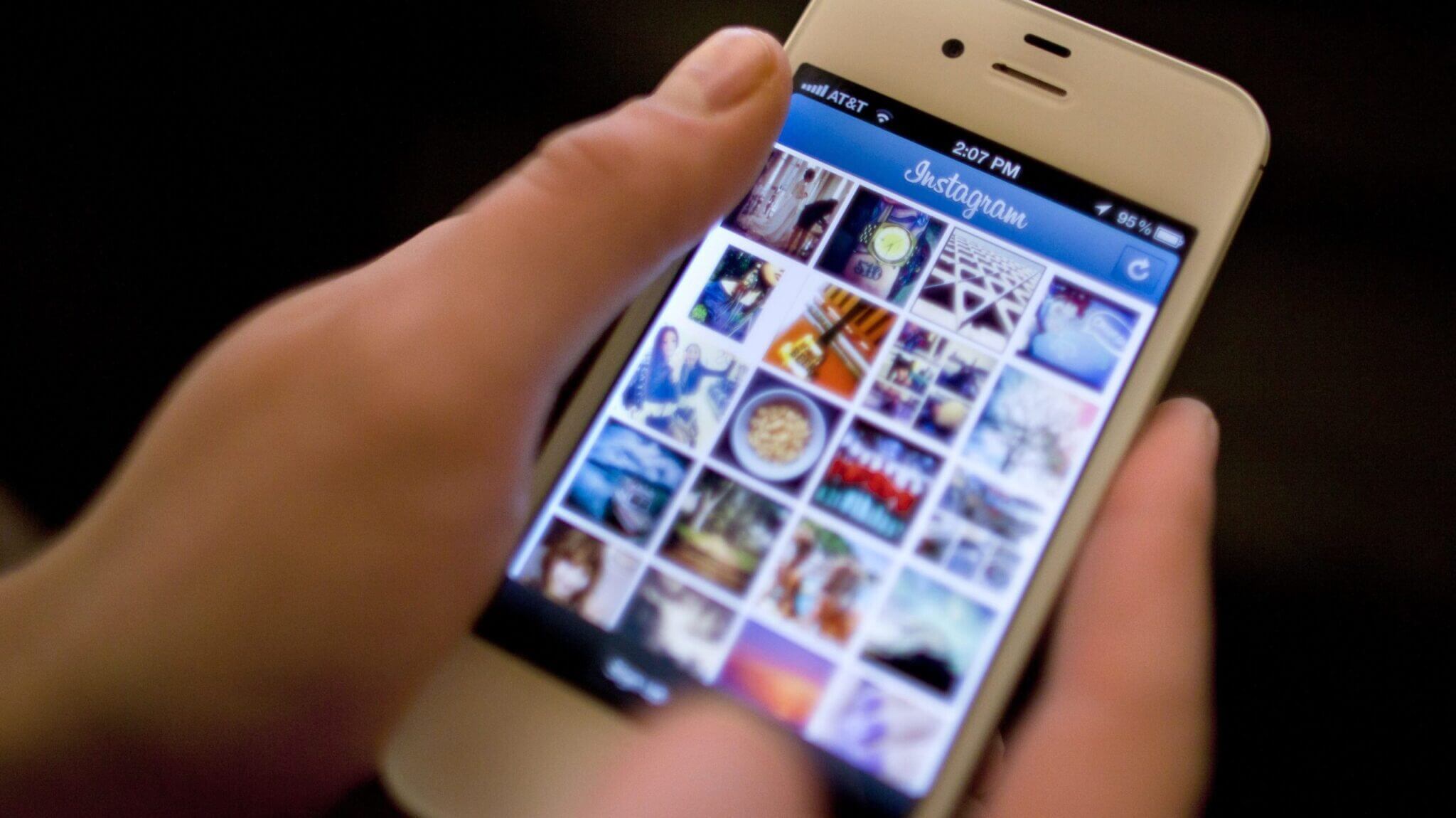A few years ago, blogs and industry pubs were full of hopeful predictions of how Facebook and Twitter would usher in a new age of cost-free or low-cost marketing. Brands would “authentically” earn attention, and friends would see each other’s likes and retweets, creating viral success for brands.
Fast forward to today, and marketers are struggling to figure out the value of their Facebook pages as engagement drops, and some are opting out of Facebook altogether, Meanwhile, the interaction rate with brand tweets stands at 0.07%, which is less than the current click rates for banner ads.
So, what have we learned from the brand marketing experiences on Facebook and Twitter?
Have marketers realized that in social channels controlled by consumers, brand messaging is so much less welcome than content from friends and family that it is impossible for most companies to earn attention, acquire new customers or generate marketing ROI?
Have we realized that, just like on the Web (where Adblocker is the most popular Chrome download) and on TV (where almost half of millennials now timeshift to improve convenience and skip ads), consumers in social media will ignore or actively reject most brand messaging?
Or maybe we have concluded that while it is possible to get consumers to click a “like” button in exchange for a discount, this cannot create a new brand relationship if over 90% of consumers do not agree it is fair for companies to collect information about them without their knowledge in exchange for a discount.
Is that what we have learned?
It does not seem so. The lesson marketers seem to have gleaned from the past few years is that something is wrong with Facebook and Twitter–they are boring and black-and-white–so let’s instead shift our attention to the Technicolor world of Instagram! In the last couple of months, my email box and feeds have been full of hype for Instagram, and the justifications are exactly the same as they were for Facebook and Twitter back in 2010.
For example, “Why Your Business Needs an Instagram Account in 2015” contains no business justification whatsoever. The reason your business “needs” Instagram, the author argues, is because “Instagram is exploding,” you can “get creative” and “show people what you do behind the scenes, not just what you’re selling.” Does any of this sound familiar to you? Remember in 2010 when Facebook was “exploding,” brands could use it to “get creative” and the key to success was to “be human”?
In “A Three Step Guide to Winning at Instagram,” the author never once suggests how to convert pretty pictures and likes into business wins (particularly on a social network that does not permit links within posts). Instead, it offers the same tired advice brands got about pictures on Facebook and Twitter: Image quality is everything; Consistency is key; Photography is aspirational. If those tips did not work in Facebook and Twitter, what would lead us to believe it will be any different on Instagram?
One analyst firm promoted its Instagram 2015 report by noting the social network offers “100 percent organic reach,” unlike Facebook, “which inserted a paywall between brands and their communities.” First, Instagram handles followers in the same way as Twitter, offering no filter or algorithm for the people following the brand, so there is no reason to think brands will not suffer the same fate on Instagram as on Twitter. Second, as we have learned on Twitter, there is no such thing as “100 percent organic reach”–the vast majority of posts on Twitter and Instagram are not seen by followers because they are ephemeral, disappearing rapidly in feeds that are not monitored 24/7. And lastly, what do we expect will happen as brand presence grows on Instagram, consumers become increasingly tired of brand content and Instagram improves and expands its pay offerings? Put simply, Instagram 2017 will look a lot like Twitter 2015–decreasing organic engagement, increasing costs for paid media and disappointed brands.
Will some brands succeed on Instagram? Sure, just as some have succeeded in Facebook or Twitter, but this has been the exception and not the rule, as there is little evidence brands are delivering marketing success on a widespread basis. Despite billions of dollars spent on content strategies, social media management platforms and engagement-building campaigns, the percentage of online sales attributable to social media in 2015 stands at a mere 1%, one point less than it was last year and more than 90% less than acquisition from email, CPC or affiliate sources.
Some will argue, as they did on last night’s Beancast, that this sort of click-attribution is a poor measure of social value, and I would agree–if brands were earning significant levels of engagement. But in a world where Facebook Organic Zero is approaching and Twitter engagement is less than banner ads’, what reason do we have to believe there are broad and unmeasured benefits in a channel where so few people see and engage with brands? (Case in point: As I type this, the past week’s posts for McDonald’s, which has 57 million fans on Facebook, each have earned fewer than 500 likes and 35 shares–one of the largest brands on Facebook is engaging 25% fewer people with each post than walk into a single of the company’s 35,000 restaurant locations in an average day.)
As I have argued in the past, there is undoubtedly value in social for a select few brands in the right verticals or that have built the right customer relationships through actions, products and services, but too many brands are struggling to make themselves appealing and engaging on social networks when they have failed to do so in the real world. Distrusted brands with weak customer relationships that try to be interesting on Instagram will be like Oz frantically pulling levers to create distracting visual effects while demanding, “Pay no attention to that man behind the curtain!”
| Pay no attention to that brand, er, I mean man behind the curtain! |
The signs are not difficult to read, and the future is not hard to see. We are a decade or more into the social era, and we know how it works. Instagram is sufficiently similar to Facebook and Twitter that expecting a different outcome is, as the saying goes, the definition of insanity.
Social media is a powerful platform for consumers. It can also be powerful for brands that unleash Word of Mouth and earn true advocacy with their products and services. But we now have too many years of social media experience to think that attractive pictures on Instagram will deliver marketing results outside of select niches. Heck, even some in the fashion industry, which recently honored Instagram’s founder with an award, are beginning to question the impact of Instagram (and if hot models and stylish clothes snapped by the world’s most experienced photographers may not deliver business results for style brands, what do you think your social team will accomplish?)
You want your brand to succeed in Instagram? Put down the camera and give your customers experiences they will want to capture and share. Or you can try to make your brand fascinating and creative in Instagram, but just remember–even the great and powerful Oz was smart enough to know he would eventually be discovered and keep an escape balloon at the ready.
________________________________________________
About the Author
This article was written by Augie Ray of ExperienceTheBlog.com. Angie is the Director of Global Voice of Customer Strategy for a Fortune 100 financial service company. His background includes more than 20 years of experience in digital, brand, customer experience and social business. See more of his work.






























